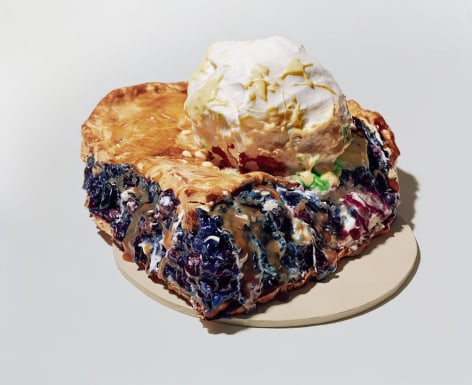
Paul Mpagi Sepuya’s work is rooted in portraiture, homoerotic visual culture, and the role of the studio. His highly crafted photographs, in which his subjects are often revealed in fragments, alert us to the artifice and performance that are an integral part of the photographic process; a constant negotiation between the artist, the sitter, the viewer, and the work itself.
Describing his subjects as a cast of friends, intimates, and muses, Sepuya sees these relationships as being mediated by the making and production of photographs. Using a combination of draped fabric, careful framing, and layering of images of his previous work, the viewer sees arms, thighs, torsos, and hands, but rarely the whole of the subject’s body. Through shooting into his studio mirror, Sepuya draws his varied source materials together in one plane. His deliberately provocative approach is designed to create a feeling of longing within the viewer, to see what is concealed. This form of active looking implicates the viewer within the creative process, and highlights the role of desire as a productive and critical force.
Paul Mpagi Sepuya was born in 1982 and he lives and works in Los Angeles. He received his MFA from the University of California Los Angeles in 2016 and a BFA from New York University Tisch School of the Arts in 2004. Sepuya has participated in residencies at Hyde Park Arts Center, Chicago, 2014; Fire Island Artist Residency, 2013; Studio Museum in Harlem, 2010; Center for Photography at Woodstock, 2010; and Workspace, Lower Manhattan Cultural Council, 2009. Sepuya was the recipient of the 2017 Rema Hort Mann, Los Angeles Emerging Artist Grant.
Sepuya’s work has been featured in numerous exhibitions including at the Museum of Contemporary Art Los Angeles; The Studio Museum in Harlem; Franklin Art Works, Minneapolis; and the Artist Institute, New York. Public collections featuring Sepuya’s work include Museum of Modern Art, New York; Whitney Museum of American Art, New York; Solomon R. Guggenheim Museum, New York; International Center of Photography, New York; Irish Museum of Modern Art, Dublin; and the Carnegie Museum of Art, Pittsburgh.